The OG Intelligence Report - Issue #3
The Ultimate AI & Finance Intelligence Pack — Handpicked by OG
Agents, Ethics, and Power: The Architecture of the AI Age
This edition brings you the most incisive reports on how AI is redefining power — across enterprises, nations, and the human mind itself.
The sources span IBM, OpenAI, Capgemini, J.P. Morgan, the European Parliament, and the EDPS — alongside experimental case studies from Perplexity and applied machine learning research in medicine. Together, they form a full-stack map of the agentic revolution: from industrial orchestration to neurodata governance.
Why now? Because AI is no longer a technological shift — it’s a civilizational re-architecture.
Who builds, controls, and governs these systems will decide the future of work, law, ethics, and autonomy itself.
What you’ll learn from this issue:
How enterprises are becoming agentic: IBM’s dual playbooks show how companies evolve from deploying AI tools to orchestrating autonomous systems that operate, learn, and govern themselves.
What secure autonomy looks like in practice: MCP-based architectures are creating the foundation for safe, observable, and controllable AI agents inside production environments.
How individuals will work next: Perplexity’s model for focus-centric productivity reveals the coming age of “AI-augmented professionals” — humans who think, AI who execute.
Why governance is catching up fast: Infosys and Capgemini outline how boards and ethicists must now manage algorithmic accountability with the same rigor once reserved for finance.
Where geopolitics and neurodata collide: J.P. Morgan and the EDPS expose how data, energy, and cognition have become the new strategic resources — triggering debates over sovereignty, neurorights, and mental privacy.
Europe’s defining test: The EU’s AI Act and digital-sovereignty agenda aim to make trust, not scale, Europe’s competitive advantage in the global AI order.
This isn’t futurism — it’s the field manual for decision-makers navigating the first decade of agentic civilization.
Every document has been distilled for speed: key concepts, hard lessons, and direct implications for leadership, policy, and enterprise strategy.
👉 Scroll down and dive in.
This is your evidence-based map of how AI is rebuilding work, ethics, and power — from the factory floor to the human brain.
1. Agentic AI’s strategic ascent
KEY CONCEPTS
Agentic AI = Operating Model Shift, Not a Tool
The real transformation isn’t deploying AI — it’s rebuilding the enterprise around autonomous decision-making systems that act, learn, and adapt while humans steer where judgment matters most.Optimization vs Transformation
78% of companies are stuck improving existing processes. The leaders — the “Transformation-Driven” — are creating net-new capabilities, not faster spreadsheets. They’re redefining what their business can actually do.The Agentic Stack
The next frontier isn’t just LLMs. It’s a synergy of cyber-secured, ethically aligned, workflow-specific AI agents orchestrated across operations — learning continuously and monitored by new KPIs that measure outcomes, not effort.
LESSONS LEARNED
AI without Operating Model Change = Illusion
Incremental gains don’t move the needle. Companies that embed AI into decision loops and governance outperform others by up to 32x on business metrics.People Are Still the Differentiator
The biggest failure point isn’t tech — it’s mindset. Winning companies train “AI orchestrators” who guide, challenge, and refine autonomous systems. Critical thinking becomes the new productivity.Trust Is the New Infrastructure
Transparency, observability, and auditability decide adoption. Without visibility into agent decisions, enterprises hit a wall of skepticism — from employees, customers, and regulators alike.
WHY IT’S VALUABLE
Shows How to Build the Enterprise of 2030
This isn’t theory — it’s a blueprint for how autonomous agents will run finance, supply chain, HR, and CX by 2027, doubling automation depth.Defines the Competitive Separators
Three pillars — Ethics, Cybersecurity, and Specialized Models — mark the line between scalable transformation and corporate risk.Equips Leaders to Act Now
Clear playbook: redesign KPIs, deploy agentic systems in core functions, and build a reciprocal learning culture where humans train AI — and AI trains humans back.
🔗 Read the guide
2. Architecting secure enterprise AI agents with MCP
KEY CONCEPTS
AI Agents ≠ Apps — They’re Living Systems
Agents aren’t static code. They think, decide, and act. They operate probabilistically, not deterministically — which means even identical inputs can produce different outcomes. That single truth rewrites the entire software lifecycle.ADLC — The New DevSecOps
The Agent Development Lifecycle (ADLC) extends DevSecOps into the agentic age. It builds continuous evaluation, security, and governance directly into every phase — from design to decommission — turning AI reliability into an operational discipline, not a hope.MCP — The Control Layer for Enterprise AI
The Model Context Protocol (MCP) is the backbone of safe autonomy. It standardizes how AI agents access tools and data through secure, governed gateways — with sandboxing, identity, and auditability built in. MCP is what keeps agentic AI enterprise-grade.
LESSONS LEARNED
Governance > Genius
The strongest enterprises aren’t those building the smartest models, but those mastering traceability, evaluation, and control. Every decision, every prompt, every output must be observable, reversible, and explainable.Security Is Behavioral, Not Just Technical
You don’t secure an agent with firewalls. You secure it with behavioral constraints. Identity, authority boundaries, sandboxing, kill-switches, and policy-as-code are what prevent an intelligent system from turning into a liability.Observability Defines Trust
Classic IT asks: “Is the system up?”
Agentic AI asks: “Is the system right?”
Enterprises must shift from uptime metrics to judgment metrics — accuracy, hallucination rate, decision trace, compliance drift — to sustain trust at scale.
WHY IT’S VALUABLE
Blueprint for Enterprise-Grade Autonomy
This guide provides a full-stack reference — architecture, governance, security, and operations — showing how to deploy AI agents that can act safely in production, not just demo in labs.Turns Chaos into Control
It codifies how to manage non-deterministic behavior in mission-critical environments. From sandbox isolation to MCP gateways, it defines how to turn stochastic systems into auditable infrastructure.Bridges Regulation and Reality
It brings AI autonomy into compliance with finance, healthcare, and telecom-grade governance — integrating DevSecOps, ethics, and auditability into every runtime loop. It’s not just AI deployment. It’s operational trust at scale.
🔗 Explore the guide
3. Perplexity at Work
KEY CONCEPTS
AI as a Focus Multiplier, Not a Distraction Machine
The real ROI of AI starts when it gives back your attention. Perplexity reframes productivity: first reclaim focus, then amplify your talent, then deliver results. It’s not about adding more apps — it’s about reducing friction so you can think again.From Tools to Thinking Partner
Perplexity positions itself as an extension of your cognition. Comet, Labs, and Spaces turn research, content creation, and execution into a single flow — moving from scattered tabs to contextual intelligence that follows your goals across every task.AI as the New Operating Layer for Work
This isn’t another chatbot — it’s the first coherent attempt to re-architect how professionals work. By merging research, writing, execution, and automation under one interface, Perplexity becomes a unified productivity platform — one where the human leads, and AI executes.
LESSONS LEARNED
Focus Is the New Superpower
The modern workplace punishes attention. Perplexity’s greatest contribution isn’t speed — it’s silence. By offloading email, tab-switching, and repetitive workflows, it rebuilds the space needed for deep, uninterrupted work — the foundation of creative intelligence.Amplify, Don’t Outsource
Real productivity comes when AI extends your judgment instead of replacing it. Perplexity scales your curiosity, not your calendar — enabling you to think at the level of a team-of-one. The best work still starts in your head; AI just clears the runway.Results Come From Integration, Not Inspiration
The professionals winning with AI aren’t “prompting” — they’re integrating. They embed tools like Comet into every business process, from research to proposal to delivery. The payoff isn’t clever prompts — it’s compounding output through connected workflows.
WHY IT’S VALUABLE
Reframes AI Around Human Energy, Not Machine Capability
It makes productivity emotional again — about clarity, curiosity, and craft. Instead of racing against AI, you work through it — regaining the mental bandwidth that modern work has stolen.Blueprint for the Agentic Worker
Shows how to operate like a micro-enterprise of one, with AI handling the mechanical layers of work so you can focus on judgment, communication, and strategy. It’s not just “AI for work.” It’s “AI for ownership.”Bridges Consumer AI and Enterprise Discipline
Perplexity translates enterprise-grade orchestration ideas (like those in IBM’s Agentic AI model) into personal workflow practice. It’s the same architecture — scaled down to one user. The future of work isn’t automation — it’s augmentation with intent.
🔗 Access the guide
4. Enterprise AI: The Board’s role in strategic governance
KEY CONCEPTS
AI Governance Is Now Board-Level, Not Back-Office
AI has moved from experiments to enterprise core — and the board can no longer treat it as a “tech update.” Directors are being forced to oversee systems that think, decide, and act autonomously. Governance must evolve from reviewing strategies to architecting accountability.The Real Gap: Oversight Without Ownership
86% of boards now discuss AI regularly, yet half still delegate responsibility to management. That disconnect creates risk. Boards that don’t understand explainability, bias, or ethical governance are sleepwalking into compliance crises — not because of bad intent, but bad literacy.Strategic Governance as the New Fiduciary Duty
The next generation of boards will oversee agentic ecosystems, not annual plans. That means embedding AI explainability, ethics, and value metrics into enterprise performance reviews — turning governance from reactive defense into strategic direction.
LESSONS LEARNED
Knowledge Is the New Risk Mitigation
Directors can’t govern what they don’t understand. Board fluency in AI, autonomy, and emerging risk must become as basic as financial literacy once was. Without it, decisions will lag the systems they’re meant to supervise.Fragmented AI = Fragmented Governance
Most companies still run AI in silos — marketing, HR, ops — with no enterprise spine. That kills visibility, multiplies risk, and blocks scale. Boards that insist on unified AI strategy and KPIs across functions will control value creation; others will manage chaos.Accountability Must Cascade, Not Float
Only 27% of boards tie AI outcomes to leadership performance. That’s the missing link. Until executives are compensated for measurable AI results, every board discussion stays theoretical. Governance without incentives is theater.
WHY IT’S VALUABLE
Defines What “Good AI Governance” Actually Looks Like
The report moves beyond principles into structure — real-time monitoring, automated compliance checks, and audit trails — a pragmatic template for responsible AI at the board level.Shifts the Board From Risk Avoidance to Strategic Advantage
Treating AI as governance-first unlocks trust, resilience, and differentiation. Boards that get ahead of regulation and ethics don’t just protect value — they expand it.Bridges the C-Suite and the Algorithm
It reframes corporate oversight for an agentic era: directors set boundaries, management executes inside them, and AI delivers outcomes auditable in real time. This is the blueprint for the AI-era boardroom.
🔗 View the guide
5. The Geopolitics of AI
KEY CONCEPTS
AI Is the New Global Operating System
This isn’t about apps or algorithms anymore — it’s about architecture.
AI now defines the power map: data, compute, and energy have replaced oil, steel, and shipping as the hard assets of dominance. The nations controlling chips, grids, and standards will write the next century’s rulebook.Power Is Splintering, Not Concentrating
The world is no longer bipolar.China: state-led self-reliance, low-cost open-source diffusion, energy abundance.
U.S.: private-sector supremacy, defense integration, export control.
EU: regulation as leverage, sovereignty over dependence.
Middle East: capital-fueled AI infrastructure surge.
Together, they’re redrawing alliances and creating a multi-stack AI world — fragmented but interdependent.
Energy and Hardware Are the Real Chokepoints
The battle for AI supremacy is physical: semiconductors, grid capacity, and rare minerals. Data centers have become the new battlefields. Whoever powers the models owns the future economy.
LESSONS LEARNED
Governance Is Now Geopolitics
The fight isn’t just about whose models win — it’s about whose rules do.
Europe exports its AI Act, China exports open-source platforms, the U.S. exports chips. Standards are now sanctions in disguise.AI Acceleration Triggers Social Backlash
Populism, job displacement, and anti-tech sentiment are geopolitical forces. As AI hits labor and middle-class security, expect national protectionism to re-emerge — automation anxiety is the new inflation.Defense Defines Adoption Speed
Militaries that integrate AI first — autonomous fleets, real-time targeting, quantum decryption — gain a permanent asymmetry. The next deterrent won’t be nuclear; it’ll be neural.
WHY IT’S VALUABLE
Maps the New Power Equilibrium
The report connects AI, energy, trade, and defense into one system — showing how national advantage will depend on compute capacity, energy independence, and regulatory influence, not ideology.Reframes AI as Strategy, Not Sector
AI is no longer a technology race — it’s an operating model for nations. Whoever masters the integration of capital, energy, and cognition wins the century.Shows Where Business and Policy Collide
For companies, this is a survival map: align with emerging AI blocs, understand the standards war, and treat data, chips, and power as geopolitical assets — not just inputs.🔗 Explore the framework
6.
KEY CONCEPTS
AI Ethics Is Now a Governance System, Not a PR Statement
Ethical AI isn’t about writing “values” on a wall — it’s a framework of accountability, bias management, and oversight that operates across every stage of an organization’s AI lifecycle. Capgemini reframes ethics as infrastructure: something to design, test, and audit like cybersecurity or finance.The AI Ethicist = The New Risk Architect
Not a philosopher in a corner — a cross-functional operator who bridges legal, data, engineering, and leadership. Their job: make sure AI decisions align with company values, mitigate bias, and stay legally and socially defensible. Ethics becomes an operating role, not an advisory checkbox.Ethics Must Evolve with Technology
From generative and agentic AI to embodied systems and quantum risk, every leap in capability requires new governance logic. Principles can’t be static — they’re living guardrails that must be tested, versioned, and stress-tested against real-world complexity.
LESSONS LEARNED
Bias Isn’t the Enemy — Blind Bias Is
Eliminating all bias is impossible. The goal is to map, own, and manage it. Some biases (like medical overrepresentation for sickle-cell detection) are essential; others are destructive. What matters is traceability and accountability at every design and deployment layer.Ethics Is a Team Sport
Governance must involve a diverse set of voices — cultural, cognitive, and professional. Diversity isn’t optics here; it’s a risk-reduction mechanism against blind spots in data, design, and deployment.Human-in-the-Loop Must Become Human-Over-the-Loop
As agents act autonomously, oversight must move from review to control — with rollback, auditability, and explainability baked into the system. Humans stay accountable even when algorithms act.
WHY IT’S VALUABLE
Transforms Ethics from Concept to Process
The guide operationalizes AI ethics through real tools — SWOT models, bias testing, lifecycle checklists, and governance flows — creating a replicable blueprint for scalable ethical maturity.Protects Reputation and Long-Term Value
Ethical lapses are now existential: brand trust, compliance, and investor confidence all depend on how transparently AI acts. This guide arms boards and leaders with structure before regulators force it.Bridges Philosophy, Technology, and Leadership
It connects centuries of moral reasoning (from Aristotle to Kant to Harari) with practical enterprise systems — showing that the future of AI governance will belong to companies that engineer ethics, not just preach it.
🔗 Access the best practices
7. Building OpenAI with OpenAI
KEY CONCEPTS
OpenAI Runs on Itself
The company has turned its models inward — using GPT, Whisper, and other internal agents to run operations, engineering, support, HR, and even strategic decision-making. It’s not a demo anymore — OpenAI is now a proof of concept for agentic enterprise automation.AI as a Company-Wide Copilot Network
Every team uses internal copilots — trained on company data, connected through secure APIs, and designed to reduce repetitive cognitive load. Instead of siloed apps, OpenAI operates as an ecosystem of AI-augmented workflows, where every employee is augmented by one or more agents.The Meta Loop: Building AI That Builds AI
The organization is now in recursive mode — using GPTs to improve product features, generate research code, run documentation, and accelerate product iteration. The result: shorter R&D loops, faster shipping, and near-continuous self-optimization.
LESSONS LEARNED
Agentic Infrastructure Beats Hierarchical Workflows
When AI operates across departments, bottlenecks disappear. Processes shift from approval-based to trust-based, with humans verifying output instead of generating it. The model isn’t top-down — it’s agent-out.Data Hygiene Is the New Productivity
GPT performance inside OpenAI depends not on creativity but data governance. Every internal system is now a training ground for retrieval and feedback, proving that clean data = smart organization.The Human Role Has Shifted to Validation and Framing
Employees now focus on problem definition, supervision, and judgment. AI does the rest — coding, summarizing, drafting, testing. The line between “work” and “instruction” is disappearing.
WHY IT’S VALUABLE
Proof That Full-Agent Workflows Scale
This is the first credible case study of an organization run by its own models. It validates the agentic enterprise vision — using AI not as a tool but as infrastructure.Blueprint for the Post-Department Company
OpenAI demonstrates how functions like HR, engineering, and marketing can dissolve into AI-orchestrated processes that are faster, leaner, and continuously learning.Signals the Next Industrial Revolution — Cognitive Automation
Just as factories industrialized manual work, OpenAI is industrializing cognitive work. The playbook they’re building today will define how future enterprises — from startups to governments — will operate tomorrow.🔗 Read the guide
8. Machine Learning
KEY CONCEPTS
Machine Learning as Predictive Medicine
The study transforms raw patient data into a diagnostic engine. Using clinical metrics — age, blood pressure, creatinine levels, and more — the experiment shows how algorithms can detect early cardiac risk faster than traditional diagnostics.Algorithm Benchmarking for Healthcare Accuracy
Five models go head-to-head: Logistic Regression, Random Forest, Decision Tree, SVM, and KNN. Each model translates patient history into probabilities — not opinions. Accuracy becomes the new stethoscope.Data Is the New Diagnosis
The dataset (299 patients) reveals the growing shift from physician intuition to data-driven decision-making. ML doesn’t replace cardiologists — it augments them with probabilistic foresight.
LESSONS LEARNED
Simplicity Wins in Clinical Prediction
Logistic Regression (80% accuracy) outperformed more complex models. In medicine, interpretability and reliability matter more than mathematical fireworks.Complexity Needs Calibration
Random Forest (75%) and Decision Tree (65%) show potential — but highlight the danger of unoptimized models. Without careful feature tuning, complexity turns into noise.AI Must Stay Explainable
Models predicting human survival can’t be black boxes. Transparency isn’t optional in healthcare — it’s the ethical baseline.
WHY IT’S VALUABLE
Blueprint for Practical AI in Healthcare
A replicable experiment showing how machine learning transforms patient records into early warning systems — real data, real outcomes.Bridges Data Science and Medicine
Moves beyond theory into applied predictive analytics, showing how AI models can inform decisions about prevention, treatment, and resource allocation.Proves the Future Is Quantifiable
Heart failure prediction today is a microcosm of tomorrow’s AI-powered healthcare. Every data point becomes a decision; every patient, a dataset — and accuracy becomes survival.🔗 Explore the guide
9. EDPS TechDispatch 2024-1: Neurodata
KEY CONCEPTS
Neurodata = The Final Frontier of Privacy
The report defines neurodata as information extracted from the brain and nervous system — EEG, fMRI, or even inferred emotional cues.
This data can now identify individuals uniquely, reveal emotions, and even decode intent.
Neurodata is biometric + cognitive + emotional — the most intimate layer of human data ever recorded.The Rise of Neurotechnologies
From medical implants to headsets and “neurogaming,” neurotech is spreading fast.
What started as medical research is now powering education tools, workplace monitoring, and consumer entertainment — often without consent or oversight.
AI models amplify the risk by turning brainwaves into behavioral predictions and control systems.The Birth of Neurorights
The EDPS echoes leading neuroethicists (Ienca, Yuste), proposing five new human rights for the AI era:Cognitive Liberty
Mental Privacy
Mental Integrity
Psychological Continuity
Fair Access
These rights aim to preserve identity and autonomy in a world where thought can be measured, modeled, or manipulated.
LESSONS LEARNED
Your Mind Is Now Data
Neurodata makes thought observable. That power is revolutionary — and dangerous.
Once brain signals can be stored, decoded, and monetized, freedom of thought becomes a data-governance issue, not a philosophy.AI Makes the Invisible Legible
Machine learning enables decoding of emotion, recognition, and intent from brain signals.
But scientific reliability is inconsistent — false positives, probabilistic inference, and brain plasticity make such models ethically volatile and legally unstable.Existing Laws Aren’t Enough
GDPR never imagined direct access to cognition. Neurodata demands new legal doctrines — proportionality, explainability, and “neuroright-based governance.”
The EU’s AI Act starts this process, but it’s only a first defense against cognitive exploitation.
WHY IT’S VALUABLE
Defines the Next Ethical Battlefield
The EDPS report reframes privacy as cognitive sovereignty. It warns regulators and enterprises that protecting personal data will soon mean protecting thought itself.Blueprint for Human-Centric NeuroAI Regulation
Lays out a global framework aligning neuroscience, AI, and data protection. Europe attempts to lead before neurotech normalizes cognitive surveillance.Signals the Shift from Digital Rights to Mental Rights
The last 20 years were about protecting online identity.
The next 20 will be about protecting inner identity.
Neurodata is where AI, ethics, and human dignity converge — and collide.
🔗 View the guide
10. AI and the Future of Europe: Strategy, Sovereignty, and Trust
KEY CONCEPTS
AI as Europe’s Sovereignty Test
The report positions AI not as a technology race — but as a sovereignty challenge.
Whoever controls data, compute, and standards controls the continent’s future autonomy.
Europe’s mission: build AI that reflects its values — privacy, ethics, and trust — while breaking dependence on foreign infrastructure and models.The European Model: Human-Centric and Regulated
The EU is betting on a distinctive strategy: combine trust-based governance with open innovation.
The AI Act, Data Act, and Chips Act form a trilogy defining how AI should be developed, deployed, and controlled — ensuring Europe’s digital independence doesn’t come at the cost of civil liberties.Trust as the New Competitive Edge
In an era dominated by performance metrics, Europe doubles down on trust as capital.
The logic: nations may win in speed, but Europe wins in stability, compliance, and alignment.
The continent’s export won’t be models — it will be rules.
LESSONS LEARNED
Sovereignty Requires Infrastructure, Not Regulation Alone
Regulation without computation equals dependency.
Europe’s AI strategy must evolve from writing rules to owning capability stacks — chips, data centers, and open LLMs built on European soil.Ethics Is an Economic Asset
The EU is proving that ethical guardrails can be monetized — by building systems trusted by citizens, regulators, and businesses worldwide.
Trust, transparency, and explainability are becoming market differentiators, not compliance burdens.Open Models Are Europe’s Trojan Horse
Open-source AI — multilingual, transparent, and privacy-safe — could become Europe’s best tool for soft power.
The report hints that Europe’s leadership won’t come from size, but from standards that scale globally.
WHY IT’S VALUABLE
Strategic Blueprint for Digital Sovereignty
It connects ethics, law, and computing into a unified vision — showing how Europe can lead through governance, not hype.Clarifies the “European Way” in AI
While the U.S. and China race for dominance, Europe positions itself as the world’s regulator-in-chief.
This document defines what “human-centric AI” really means in policy, economics, and geopolitics.Prepares Businesses for the Next Compliance Wave
Any enterprise operating in or with the EU will soon need AI systems aligned with the AI Act, neurorights principles, and sovereignty requirements.
This report is a preview of what compliance-driven innovation will look like in the 2030s.🔗 Access the best practices
🔚 Final Thought:
From Intelligence to Integrity: The Decisive Decade
Across all ten reports, a single message emerges: AI’s frontier is no longer technical — it’s institutional.
The systems are built. What’s missing is the discipline to deploy them responsibly, the courage to govern them transparently, and the foresight to align them with human purpose.
Enterprises will compete on trust velocity — how fast they can innovate without losing legitimacy.
Governments will compete on data sovereignty — how deeply they can integrate AI without surrendering autonomy.
And individuals will compete on agency — how well they can leverage intelligent systems without becoming dependent on them.
We’re watching three revolutions converge:
Agentic AI redefining work and enterprise scale.
Ethical governance reframes compliance as an advantage.
Neurodata and cognition are expanding what it means to be human in a machine world.
This decade will decide whether AI remains a technological revolution — or becomes a civilizational upgrade.
Those who master alignment, accountability, and augmentation will lead.
Everyone else will adapt.
The Agentic Civilization has already begun. The question is no longer if we’ll live with autonomous systems — but how wisely we’ll let them think, act, and govern beside us.
Stay smart. Stay ahead. OG Approved. 💡


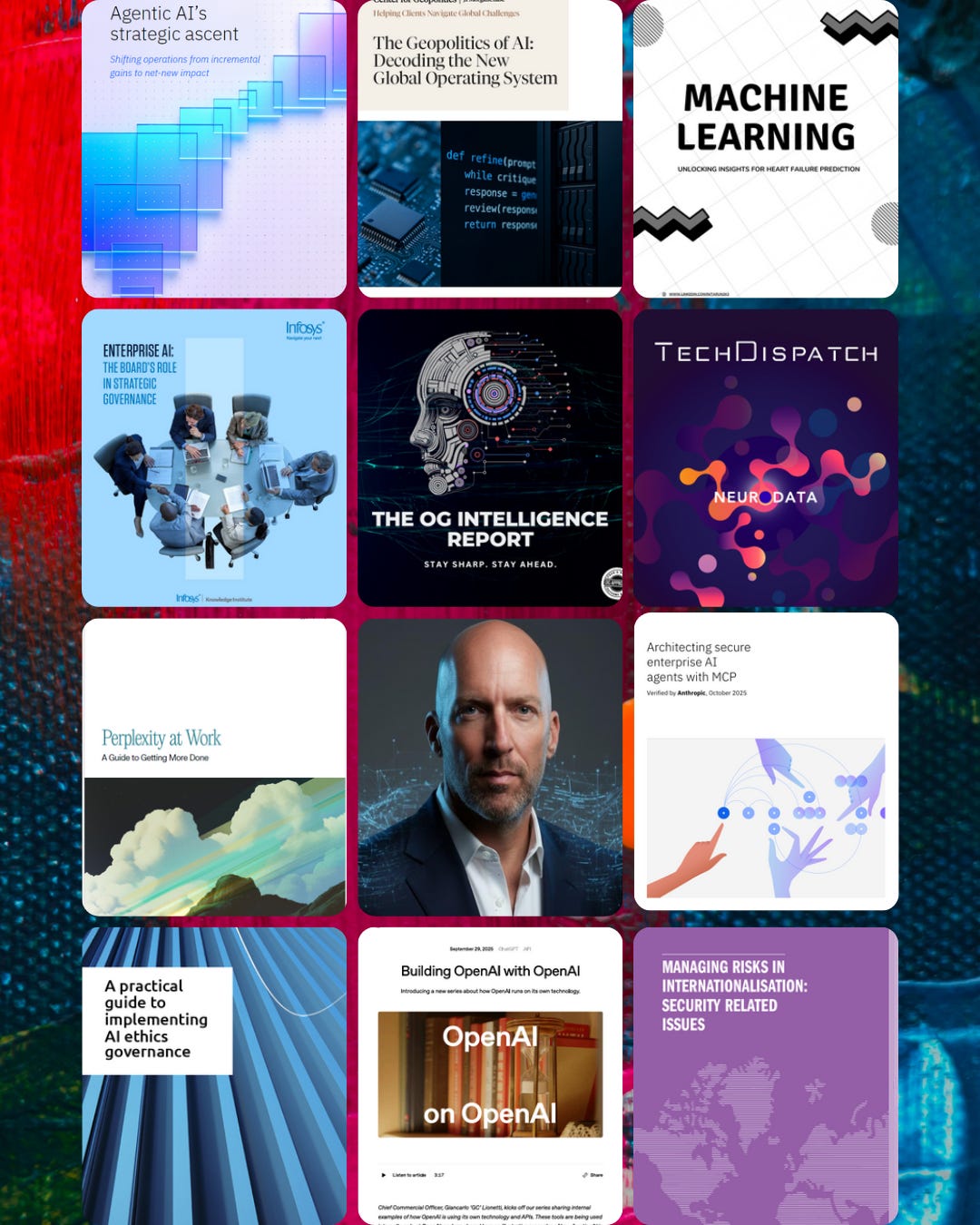
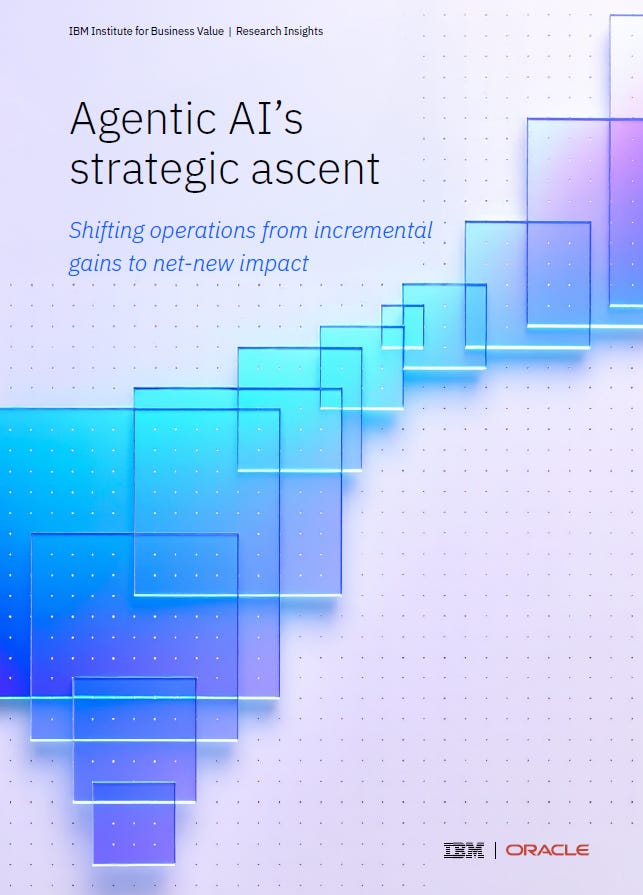
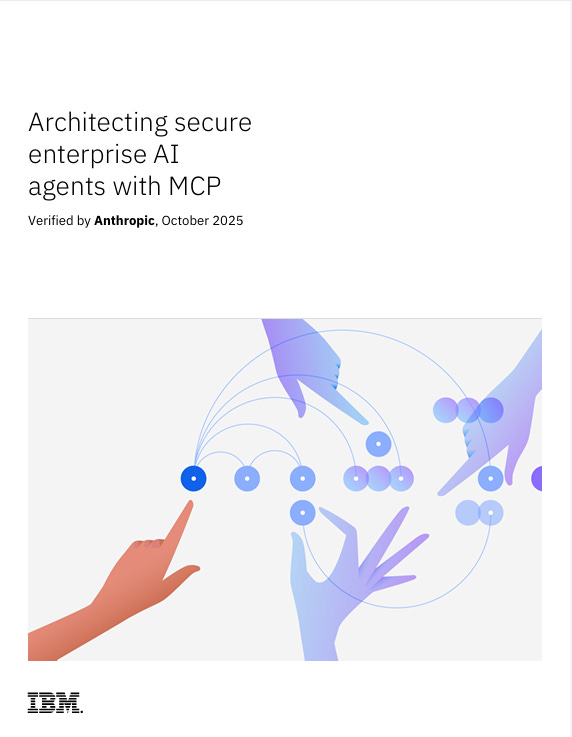
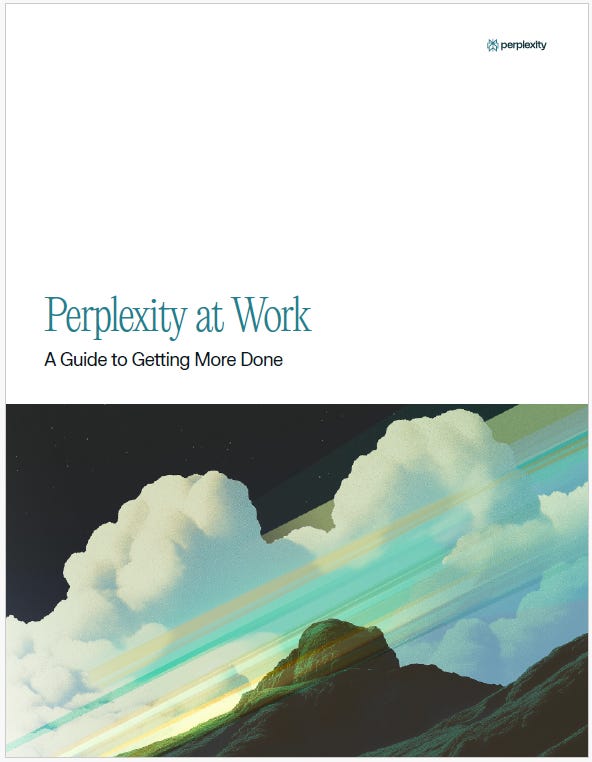

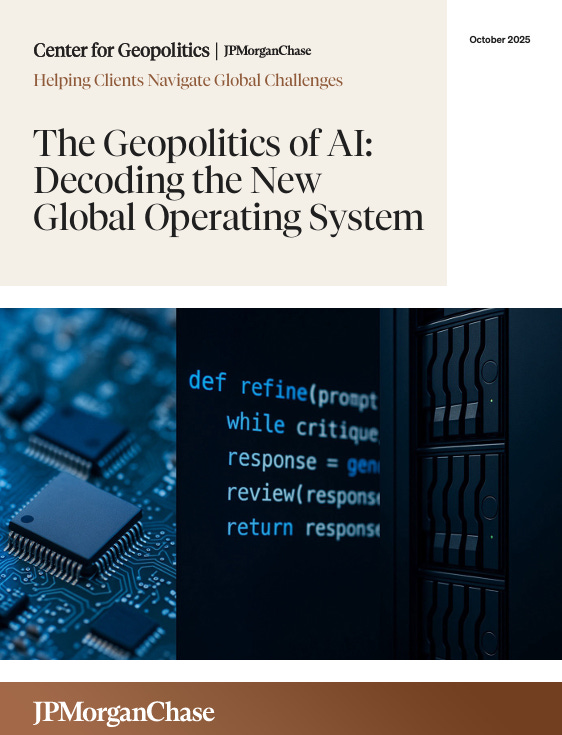
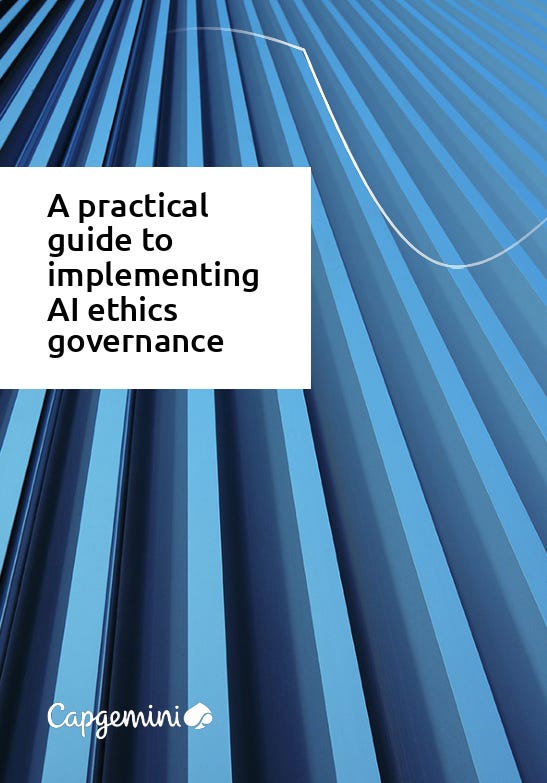


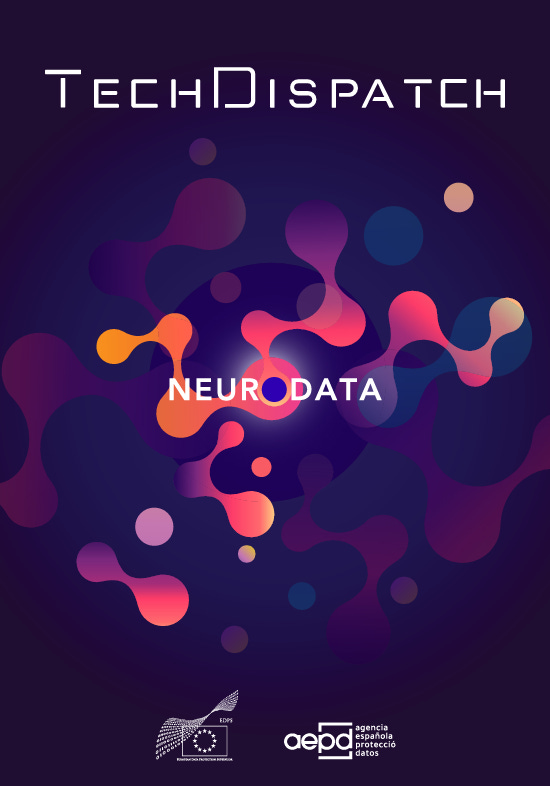

It's interesting how you connect AI to actual civilizational re-architecture, not just tech shift. But thinking about 'neurodata governance', how do we realy protect mental privacy from these systems? Your insight here is always so sharp.